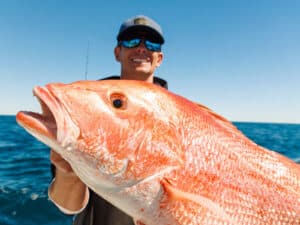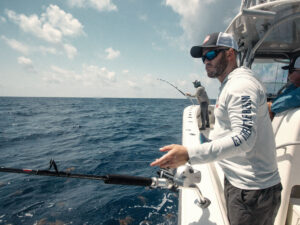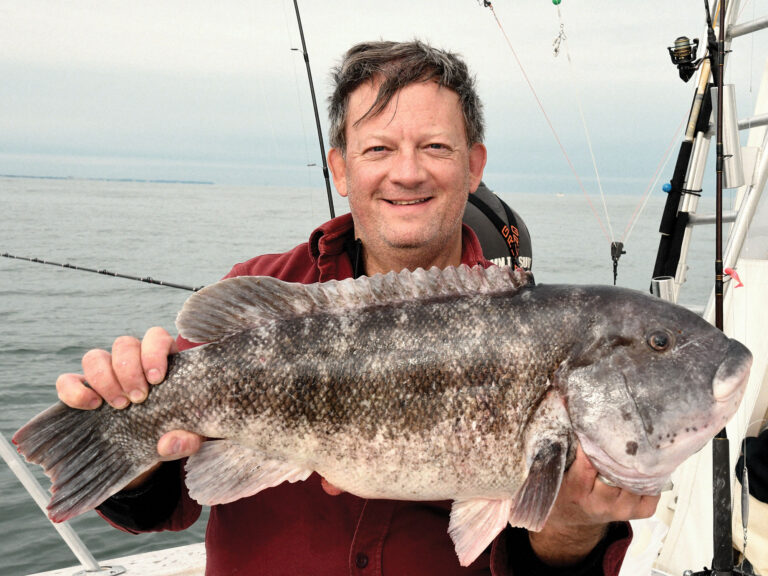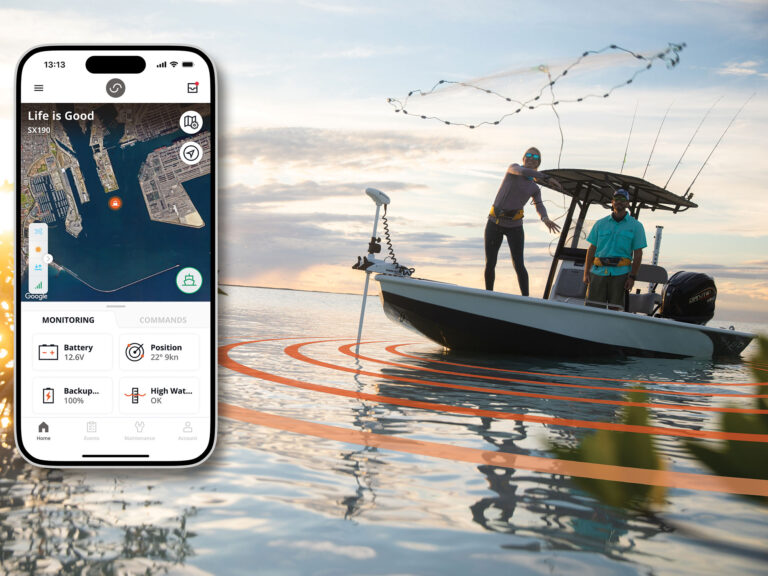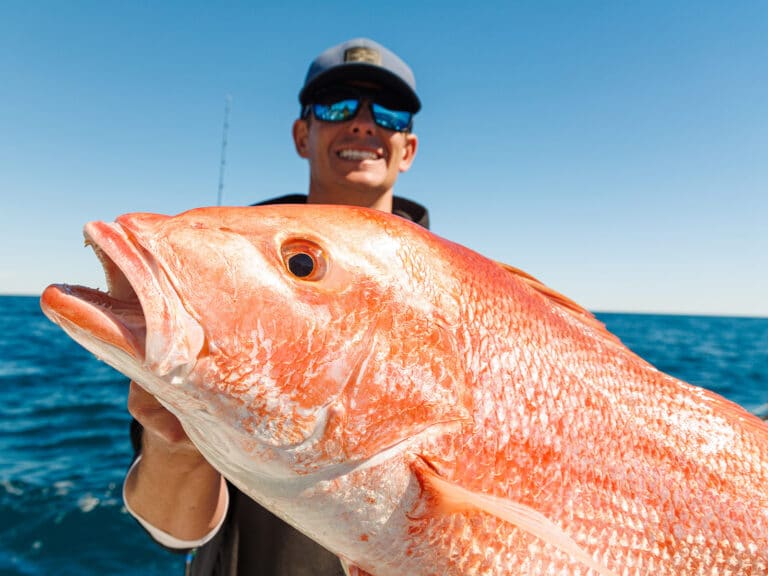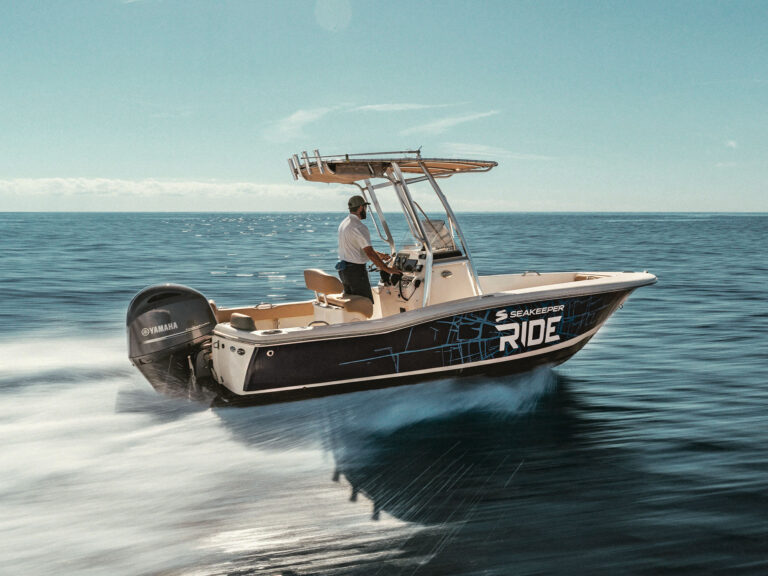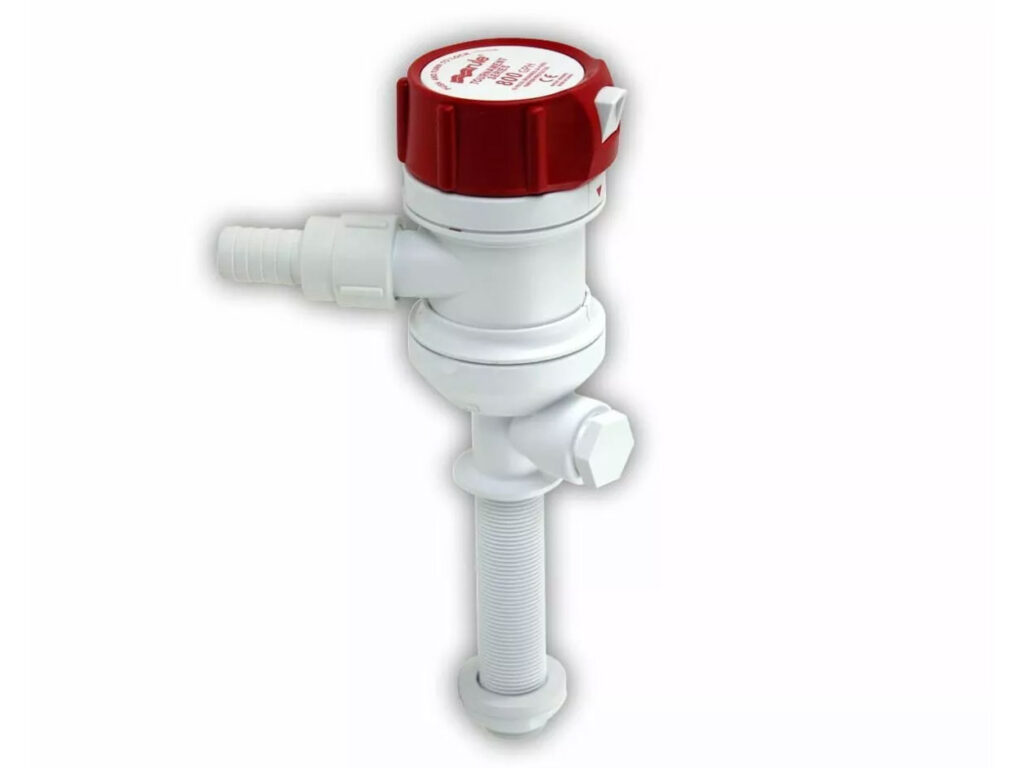
From South Florida to Southern California (and many parts in between), live bait tanks open an incredible variety of fishing opportunities for saltwater anglers. The ability to keep and transport volumes of live bait helps catch bottom fish, offshore pelagics, inshore game fish, and much more.
When it comes to bait tanks for saltwater fishing, not all livewells are created equal. Keep reading for advice on finding a live bait tank to suit your saltwater fishing needs.
Why Use a Live Bait Tank?
A bait tank is a system that circulates oxygenated water to keep your live baits alive and healthy. It consists of a tank, a water source, and a way to introduce oxygen. Bait tanks can be powered and integrated into your boat or they can be as simple as a bait bucket.
There are a number of benefits to using live bait tanks. Nearly every game fish targeted by anglers is a predatory fish. When using live bait, you provide these fish with exactly what they are after.
Another advantage is that live bait doesn’t require continuous casting and retrieving. As a result, it’s easier to use and improves the likelihood of fishing success—especially for beginning anglers. These benefits are reflected in the number of species that can be caught using live bait.
Live Bait Fish Tank Types
As you might imagine, there are nearly as many types of live bait tanks as there are kinds of fishing. These range from livewells that are integrated into your boat to portable containers. Some are powered, some are not. In many ways, live bait tanks function the same way as aquariums.
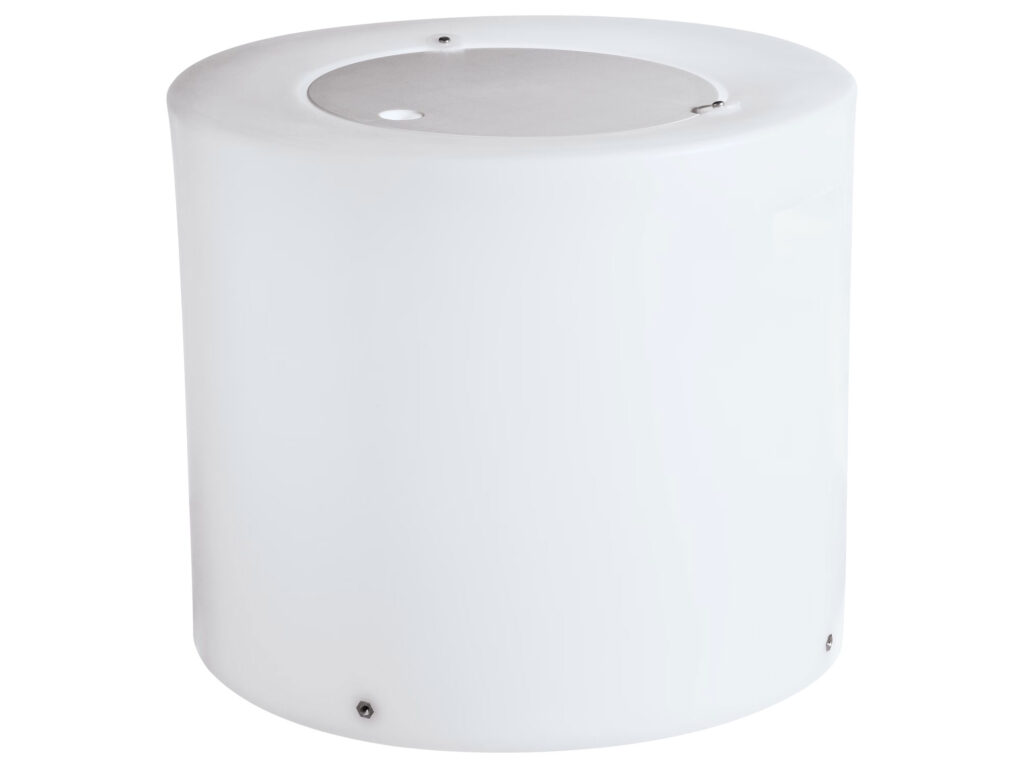
Livewells
Livewells are a universal part of the saltwater fishing experience. Most are built into the boat and powered by the boat’s batteries. They consist of a tank, water supply (often drawing from a sea chest in the hull of the boat or via a thru-hull), and a pump to circulate water. These systems open an incredible range of fishing possibilities.
You’ll want to purchase a livewell with a large enough capacity to hold all the bait you need, while being the right dimensions to fit in your boat. Also keep in mind the power of the pump, which is measured in gallons per hour.
These are some great options for a livewell setup:
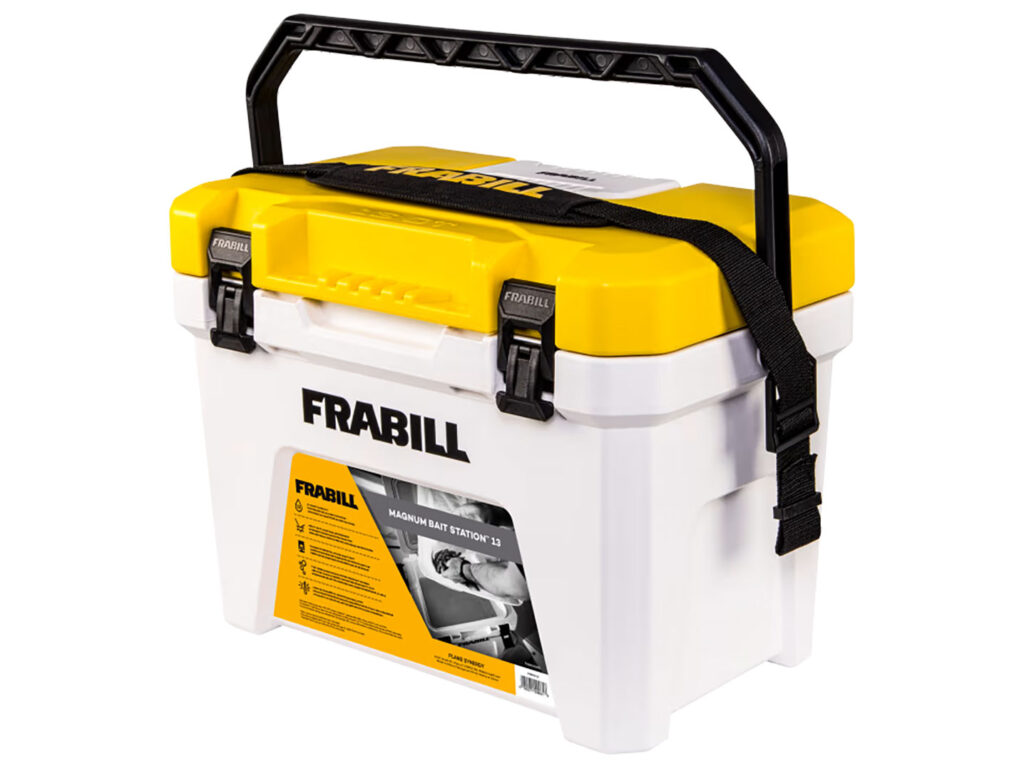
Portable Livewells
There are also a number of livewells that are portable. You can bring them on your boat for extra live bait capacity, or you can use them to keep bait alive while fishing from the shore.
Portable livewells contain a tank and a power source, usually in the form of an external battery. Generally speaking, you’ll fill up the tank with water and use a pump to recirculate water within it. Some units are insulated to help keep the water cool for temperature-sensitive live bait.
When it comes to portable livewells, I recommend these models:
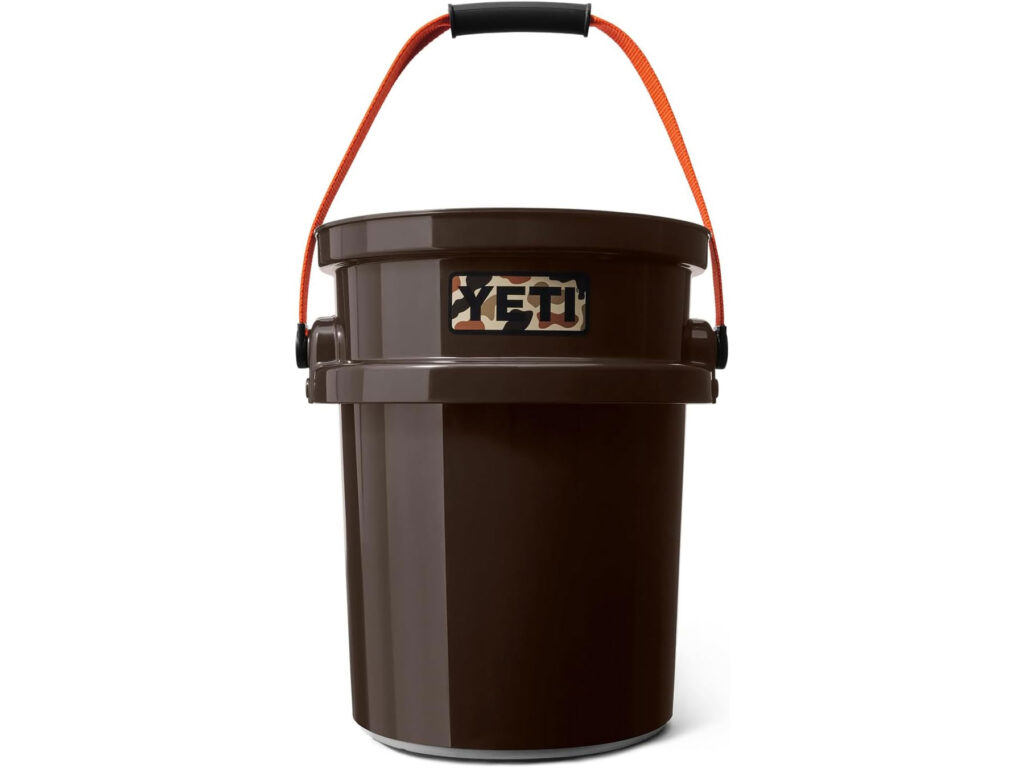
Bait Buckets
Bait buckets are the simplest and most traditional form of live bait storage. They consist of a bucket and a portable aeration pump. You can buy a kick with everything you need, or start out simple and add accessories.
You can’t go wrong with a Frabill Troll Bait Container for fishing from a dock or wade fishing. No pump is needed, you just submerge the bucket in the water.
The YETI LoadOut 5-Gallon Bucket is another great option. Just buy the bucket and then pick up an aerator or any other accessories you may need.
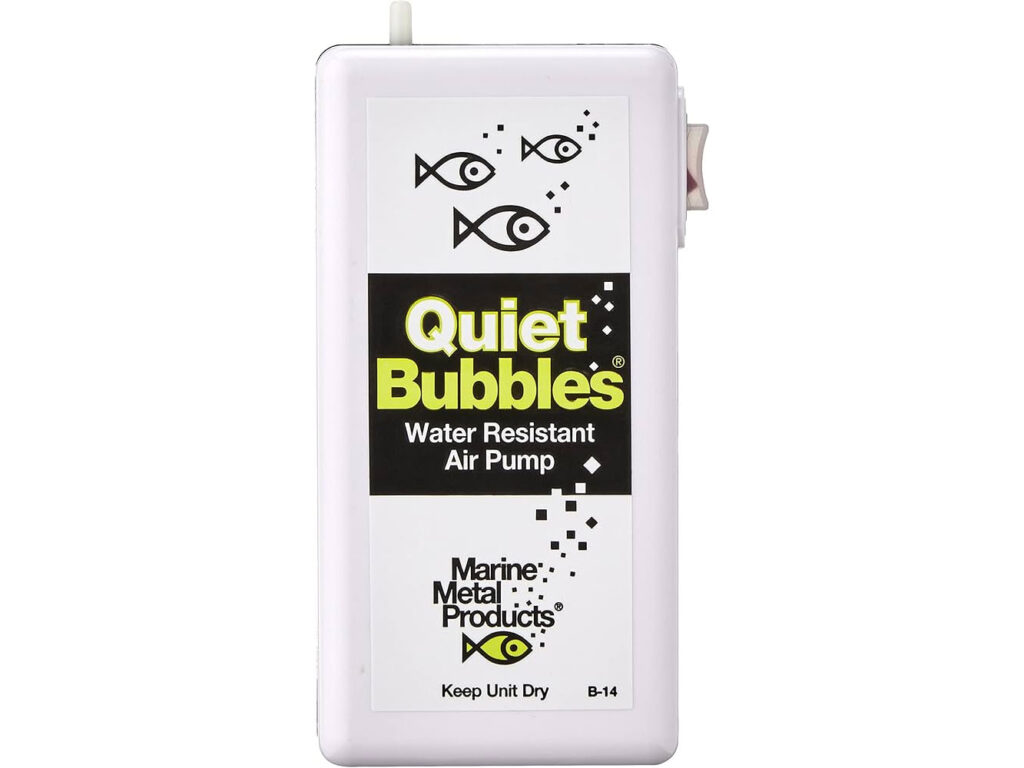
Tuna Tubes
Tuna tubes are a specialized type of bait tank used in offshore fishing. Small tuna, the kind you use for bait when marlin fishing, require a steady flow of water to survive. Bait-sized tuna do not stay alive in traditional bait tanks.
This double tuna tube is a great place to start. You place the tuna face down into the tube, and it can live for hours.
Your Boat Bait Tank Requirements
The type of bait tank that’s best for you depends on your unique needs. Take the following points into account when making your choice.
- Fishing style and frequency: If you plan to head offshore and live chum, you’ll need a tank that not only holds lots of bait, but keeps it alive.
- Boat size and available space: You’ll need to integrate the shape and size of your livewell into the space you have on your boat. You want to have as much capacity as possible while not taking up more space than needed.
- Shape: When possible, choose livewells that are round to promote the flow of water and circulation of bait. Tanks designed with corners will lead bait to stack up and die.
- Power supply: Permanently mounted boat bait tanks are typically wired into your vessel’s battery system, often controlled by switches. A portable livewell, on the other hand, is connected to its own external battery system.
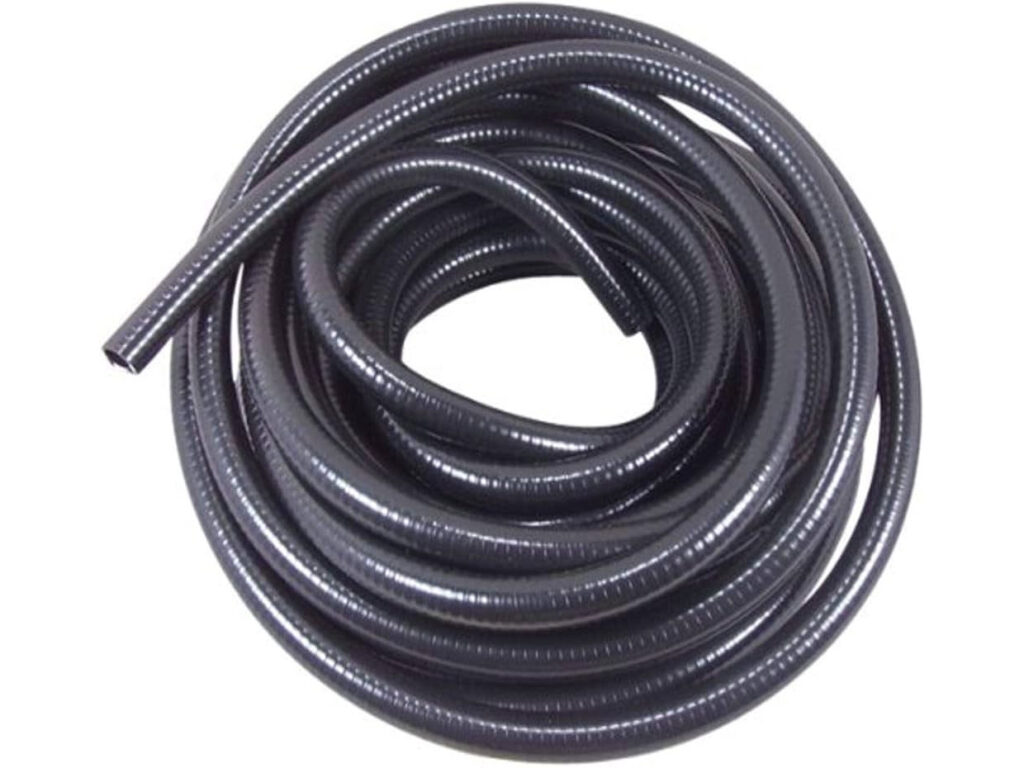
What to Consider in Live Bait Tanks for Boats
Perhaps the most important considerations in your final decision include the following:
- Capacity: Make sure that your livewell is large enough to hold enough bait for your kind of fishing.
- Water flow: The power of your bait tank is described in terms of flow (gallons per hour). Make sure that the pump you buy is large to adequately circulate water. Also be sure to match the diameter of the livewell hose with the inflow and outflow of your pump.
- Aeration system: If you have a constant supply of freshly circulating seawater, your tank will be oxygenated. If your system does not have a constant supply of water (and it recirculates the same water), you might consider adding an aerator.
Get Your Bait Tank Accessories
Level Up With a Live Bait Tank
The great thing about live bait tanks for saltwater fishing is that you can create a setup that’s right for you, no matter where or how you fish. With these considerations in mind, you’re ready to take your live bait fishing to the next level.
By adapting a livewell system to the needs of your fishing, you can not only catch more fish, but do so more efficiently.
FAQ
How can I keep live bait alive at home?
The basics for keeping bait alive involve circulating oxygenated water. Make sure that your bait tank is large enough for the amount of bait, and keep the water bubbling with an aerator.
Why put oxygen in a bait tank?
Like you and I, live bait requires oxygen to survive. To keep your baits happy and healthy until you’re ready to use them, introduce a flow of fresh seawater or put an aerator in your live bait tank.
What size tank is needed for bait?
The size of the tank you need depends on how much bait you use, preferred style of fishing, and size and layout of your boat. Knowing these things first will help you design the right livewell system for you.

